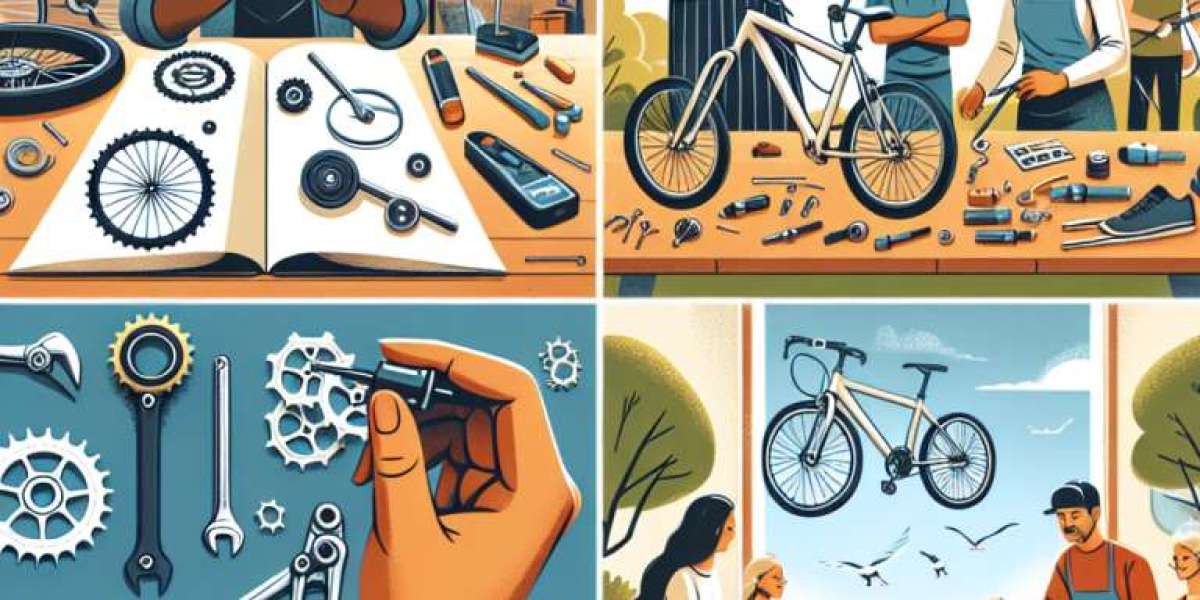The flexible packaging industry is undergoing a revolution, and digital printing is at the heart of it. Once considered suitable only for short runs or prototype packaging, digital printing has evolved into a mainstream solution for brands seeking faster turnaround, high-quality graphics, and greater customization.
In a world where agility, personalization, and sustainability matter more than ever, digital printing for flexible packaging is setting new standards. This article explores how it works, its advantages over traditional methods, and why it's quickly becoming the preferred choice for brands of all sizes.
What Is Digital Printing in Flexible Packaging?
Digital printing refers to the process of printing digital-based images directly onto flexible substrates (such as plastic films, paper, foil, or laminates) without the need for traditional printing plates or cylinders. It enables high-resolution graphics and variable data printing in small or large quantities with minimal setup.
Unlike conventional flexographic or rotogravure printing, which requires custom plates and lengthy setups, digital printing is direct, fast, and flexible, making it ideal for:
Short-run packaging
Product personalization
Seasonal or promotional campaigns
Startups and small-batch producers
Key Benefits of Digital Printing for Flexible Packaging
1. Faster Turnaround Times
Since digital printing doesn't require plates or extensive pre-press work, it dramatically reduces lead time. Brands can move from concept to shelf in a fraction of the time, which is crucial for seasonal or limited-edition products.
2. Cost-Effective for Short Runs
Traditional printing becomes expensive for small batches due to plate and setup costs. Digital printing eliminates those fixed costs, making short runs affordable and ideal for testing new products or targeting niche markets.
3. High-Quality Graphics and Resolution
Modern digital presses offer photo-quality imagery, sharp text, and consistent color reproduction. This is particularly useful for premium products or brands that rely on vibrant, eye-catching designs to stand out on shelves.
4. Variable Data and Personalization
With digital printing, each package can be unique. Brands can print:
QR codes
Batch numbers
Different product variants
Personalized packaging (e.g., names, locations)
This level of customization is impossible or prohibitively expensive with traditional methods.
5. Reduced Waste and More Sustainable
Digital printing requires less material and fewer resources. It uses precise ink application with minimal waste and allows for on-demand printing, which reduces overproduction and obsolete inventory.
Industries That Benefit Most from Digital Flexible Packaging
Food & Beverage: Quick product turnarounds, seasonal campaigns, and SKU proliferation make digital printing ideal.
Nutraceuticals and Supplements: Frequently updated labels and ingredients benefit from short-run and variable printing.
Pet Food and Treats: Premium packaging and niche SKUs are easily managed with digital methods.
Cosmetics and Personal Care: High-quality visuals and brand storytelling are key in these markets.
Startups and DTC Brands: Low minimum order quantities allow smaller brands to compete with established players.
Digital Printing vs. Traditional Methods
| Feature | Digital Printing | Flexographic/Gravure Printing |
|---|---|---|
| Setup Cost | Low to none | High |
| Turnaround Time | Fast | Slower |
| Short Run Affordability | Excellent | Poor |
| Variable Data | Yes | No |
| Print Quality | High | High |
| Sustainability | Higher (less waste) | Lower (more waste) |
Challenges and Limitations
While digital printing is versatile and efficient, it’s not without limitations:
Cost per unit can be higher for large production runs compared to traditional printing.
Some substrates and finishes may still perform better with conventional methods.
Limited spot color matching can be a constraint for brands requiring exact Pantone colors.
However, with advancements in digital press technology, such as HP Indigo, Xeikon, and Epson SurePress, these limitations are rapidly diminishing.
Why Digital Printing Is the Future of Flexible Packaging
The packaging industry is evolving to meet consumer demands for speed, personalization, and environmental consciousness. Digital printing is at the forefront of this shift, enabling brands to:
Stay agile in a fast-changing market
Reduce inventory waste
Deliver high-impact visuals
Improve supply chain efficiency
As technology continues to improve, digital printing will become the go-to method not just for short runs, but for mainstream packaging across industries.
Ready to take your packaging to the next level with digital printing for flexible packaging? Whether you're launching a new product, updating your branding, or seeking fast, affordable short-run solutions, our digital printing services deliver speed, precision, and sustainability.



